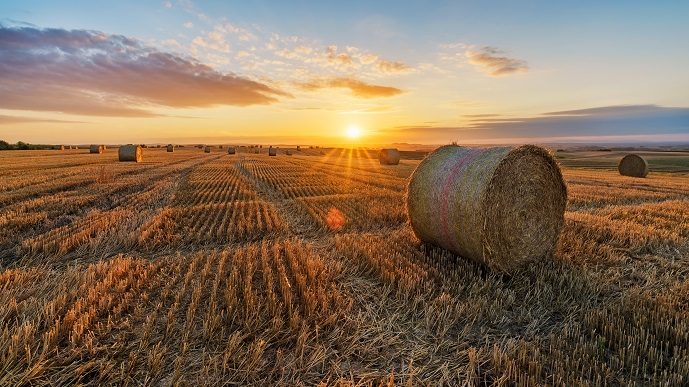By Tim Pemberton
Farming a fragile planet

Climate change not only raises temperatures, it can alter water cycles and exacerbate extreme weather, increasing the risks to food, water and energy systems. The effect on agricultural commodities can threaten both people and their economies.
Agriculture accounts for 4.6 per cent of global GDP and 27 per cent of employment. Farm production volumes have increased by 76 per cent since 1990. However, crop yields could halve in some countries in the next 30-35 years, according to the Intergovernmental Panel on Climate Change, severely risking livelihoods and development.
We have looked at which crops and countries are most vulnerable, examining 15 important plants in 70 countries that account for 80 per cent of the world population, 86 per cent of agricultural production, and 94 per cent of global GDP. We considered not only the exposure to the effects of climate change – temperatures, water availability and extreme weather – but also a country’s potential to respond and the importance to its national GDP.
The countries posing the greater systemic market risks to global commodity markets are China, followed by Brazil, Indonesia, India and then the US. Extreme weather patterns in these nations could have a big impact on the availability and cost of agricultural products worldwide. Indonesia is a major palm oil producer but the other countries grow a wide variety of crops.
The national economies facing greatest risks from agro-commodities’ exposure to climate vulnerability are Ukraine, Côte d’Ivoire and Pakistan. Agriculture accounts for almost half of Côte d’Ivoire’s jobs, mainly in cocoa, while Ukraine is a major cereal grower.
Cocoa production is most at risk from climate change, followed by palm oil.
A key pillar of the Paris Agreement ratified by most nations in 2016 is the need to adapt to the adverse impacts of climate change without threatening food production.
AI-powered analytics can analyse weather patterns and advise farmers when to sow
Part of adapting to climate change is being flexible in socio-economic terms – so growing different crops may allow communities to thrive in areas experiencing disruptive climate impacts. Some crops, including cotton, are highly water intensive, for example.
While climate change poses risk everywhere, developed markets can respond with sophisticated technologies unavailable to emerging economies. That said, techniques such as precision and digital farming can widen the safety net against climate risks anywhere.
The proliferation of new technologies including drones, intelligent sensors, connected devices, artificial-intelligence and cloud-computing systems is driving innovation in agriculture. AI-powered analytics can analyse weather patterns and advise farmers when to sow and till to improve productivity.
Simple, low-cost mobile-based services will speed up adoption, offering services via apps. Some Indian groundnut farmers increased yields by 30 per cent by sowing in July rather than June, so saving the crop from a long dry spell in August.
Vertical farming – growing plants indoors in stacked layers – is another innovative technique with immense environmental benefits, using less land and water. And bio-tech companies are working on drought and flood-resistant seeds.
Agricultural operators can do many things to build resilience – besides agricultural technology and modified crops, they can build better water infrastructure, introduce new farming methods and use IT and communications. And climate change can sometimes improve crop yields if growing conditions benefit from increased temperatures or greater carbon dioxide concentrations.
However, change brings challenges and will require adaptation and planning everywhere it occurs.
This research was first published on 11 July 2018.
Disclaimer
You must be logged in to like or comment on articles